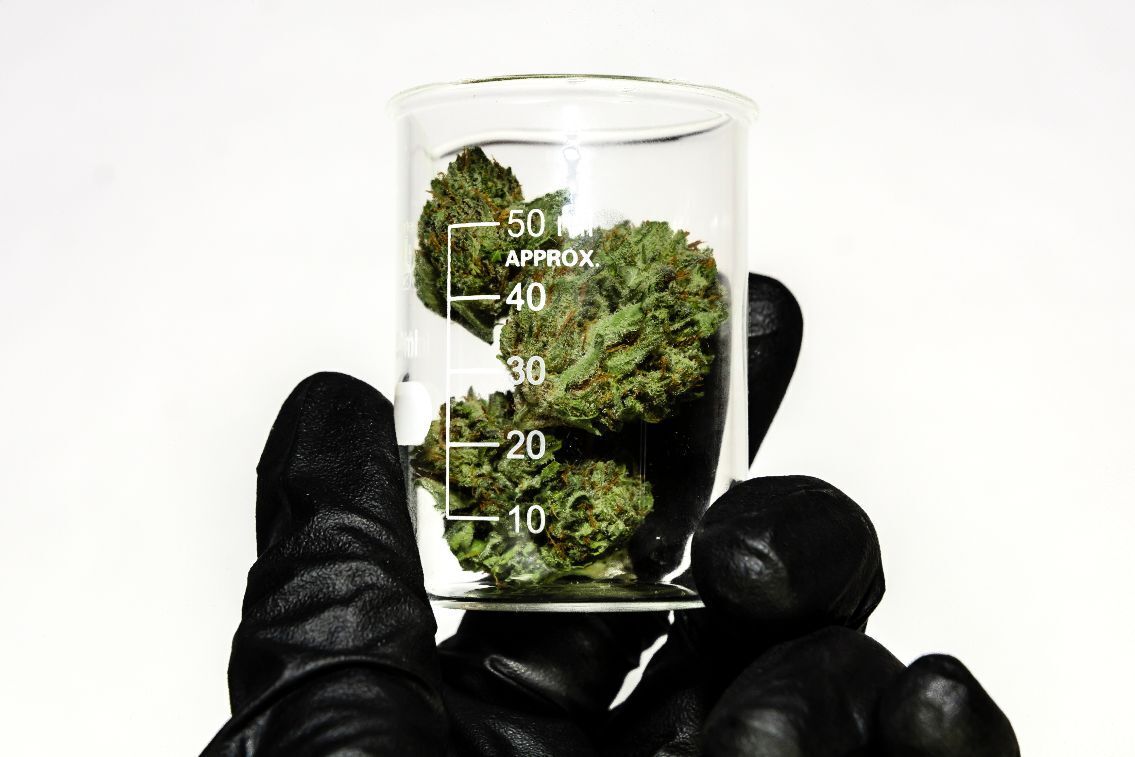With the rise in alternative cannabinoids, many people wonder how these two types compare — especially in terms of effects, potency, and legality. Let’s break it down in a way that makes sense.
What is Delta-9 THC?
Delta-9-tetrahydrocannabinol (delta-9 THC) is the most well-known and abundant psychoactive compound in cannabis. It’s the one responsible for the classic “high” marijuana is known for. With concentrations as high as 30% in some strains, delta-9 THC products are widely used for recreational and medicinal purposes.
What is Delta-8 THC?
Delta-8 THC is a lesser-known cousin of delta-9. It occurs in hemp and cannabis, but in much smaller amounts (typically less than 1%).
Delta-8 is an isomer of delta-9 THC. That means it has the same chemical formula, but the atoms are arranged differently. As a result, delta-8 THC is less potent, with users reporting milder and more clear-headed effects.
Unlike delta-9, delta-8 is typically synthesized from CBD derived from hemp. This places it in a legal gray area in many states.
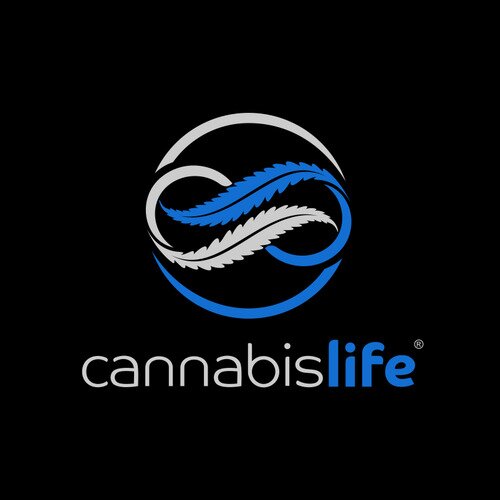
Featured Brand: Cannabis Life
If you’re looking for a high-quality delta-8 THC brand with a variety of products, look no further than Cannabis Life! They offer some of the best disposable vapes and gummies on the market.
Redeem code CBDNERDS for 20% off Cannabis Life
What’s the Real Buzz on the Deltas and How Do They Differ?
Delta-8 and delta-9 THC have a lot in common, like the fact that they can both get you high. However, they also differ in the following key ways:
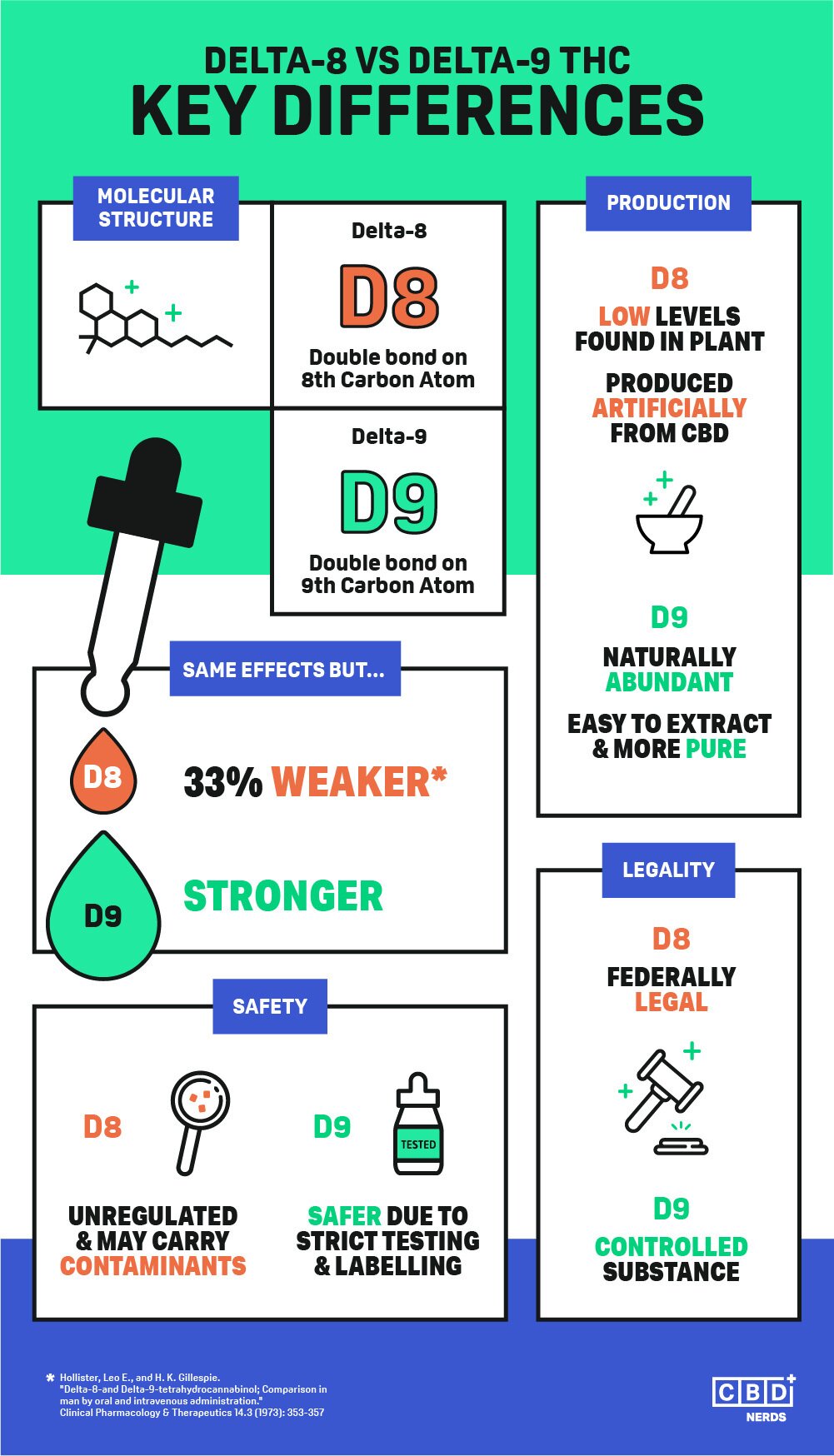
Molecular Structure
The primary difference lies in their chemical structure. Both delta-8 and delta-9 have the same molecular form, but the placement of double bonds varies.
In delta-8 THC, the bond is on the 8th carbon chain. In delta-9 strains, it’s on the 9th. This slight shift alters how they interact with endocannabinoid receptors, influencing their effects and potency.
More specifically, this small difference explains why delta-8 is weaker than regular THC, and why it is sometimes referred to as “diet weed.”
Effects
Both compounds produce psychoactive effects, but delta-8 is about 33% less potent than delta-9. In other words:
- Delta-9 THC has a stronger high and the potential for paranoia or anxiety.
- Delta-9 THC produces mild euphoria, relaxation, and a clearer mental state.
Research has shown that delta-8 THC benefits include reduced anxiety and an increase in appetite, making it a popular alternative for those sensitive to delta-9’s stronger effects.
If you want to experience the effects of delta-9, consider Naternal’s Lift Mid-Dose D9 THC Gummies. Not only do these gummies taste good, but their mild dose allows you to maintain responsibility if necessary.

Legality
Legality is a key factor when comparing delta 8 vs. delta 9 THC. After all, delta-8’s relaxed legal status is largely responsible for its sudden popularity.
Unlike delta-9 THC, which is a controlled substance, delta-8 THC is federally legal. This is thanks to a loophole in the 2018 Farm Bill that legalized hemp across the nation. The bill limits hemp products to no more than 0.3% delta-9 THC but makes no mention of delta-8.
Still, the situation is different at the state level. Delta-9 THC is allowed in recreational cannabis states, such as California and Colorado, as well as a long list of states with medical programs.
Meanwhile, delta-8 THC is legal in most states but banned or regulated like recreational cannabis in others. Incidentally, many of the states where delta-8 is legal outlaw adult cannabis use, resulting in high demand.
Uses & Benefits
Thanks to their similar effects, delta-8 and delta-9 THC have largely overlapping uses and benefits. Many people use them both recreationally and therapeutically.
According to a 2020 survey of 591 Americans, medical cannabis, which is rich in delta-9 THC, is most commonly used to relieve anxiety (49%), insomnia (47%), chronic pain (42%), and depression (39%).
Dronabinol and nabilone, two pharmaceutical drugs similar to delta-9 THC, are also used for chemotherapy-induced nausea and wasting caused by HIV.
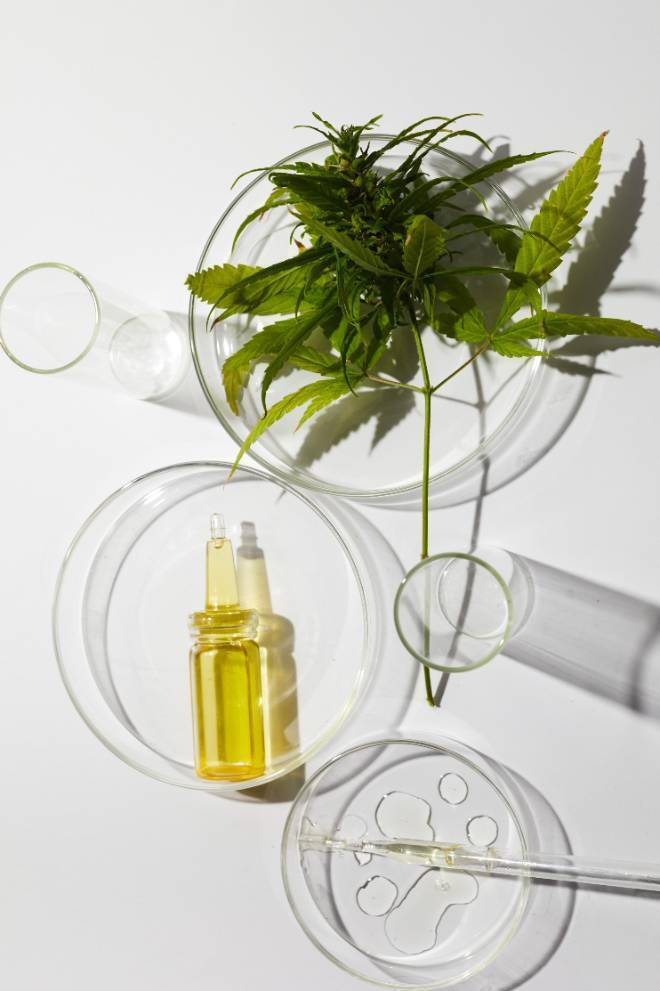
Meanwhile, a 2021 survey found that roughly half of delta-8 users (51%) take it for medical reasons. Similar to medical cannabis, the most common conditions included anxiety (69%), stress (52%), depression or bipolar disorder (46%), and chronic pain (41%).
Many respondents also reported substituting delta-8 THC for delta-9 THC and prescription drugs.
The researchers concluded that “in comparison to delta-9-THC, results suggest that delta-8-THC may be equally effective for desired purposes of cannabis use and lower in undesirable or adverse effects.”
So while the two have similar uses, delta-8 is usually chosen by people who don’t have legal access to delta-9 THC or experience unwanted effects.
Safety & Side Effects
Delta-8 and delta-9 THC can cause the same side effects, including:
- Anxiety
- Dry mouth
- Impaired memory
- Red eyes
- Sleepiness
- Slowed perception of time
However, the side effects of delta-8 THC are milder. According to one 1995 study, delta 8 has “nonsignificant side effects.” That’s why delta-8 THC may be a better option for people who get anxiety or panic attacks from regular delta-9 THC products.
But there is one important caveat. The delta-8 THC market is unregulated and full of bad actors. As a result, many delta-8 products carry contaminants and potentially harmful levels of delta-9 THC.
In comparison, regulated delta-9 THC products are far safer because they have to adhere to strict testing, labeling, and other requirements.
Production
Another difference has to do with how the two cannabinoids are made. Cannabis plants are naturally abundant in delta-9 THC, making it easy to extract.
Delta-8 THC is different. Although cannabis plants produce some delta-8 THC naturally, the amounts are very small and not worth extracting. That’s why all delta-8 on the market is made from cannabidiol (CBD), the popular non-intoxicating cannabinoid.
The process involves dissolving pure CBD in a solvent and adding a catalyst to produce a mix of delta-8 and other THC isomers. In that sense, the delta-8 THC sold on the market is not strictly “natural.”

Product Types
Delta-8 and delta-9 are typically inhaled or ingested and come in similar types of products. But their most-used products differ:
- Delta-8 THC products are frequently sold online and in smoke shops, typically as gummies, vape cartridges, tinctures, and capsules.
- Delta-9 THC products are most commonly found in dispensaries as flower, edibles, vapes, tinctures, and concentrates.
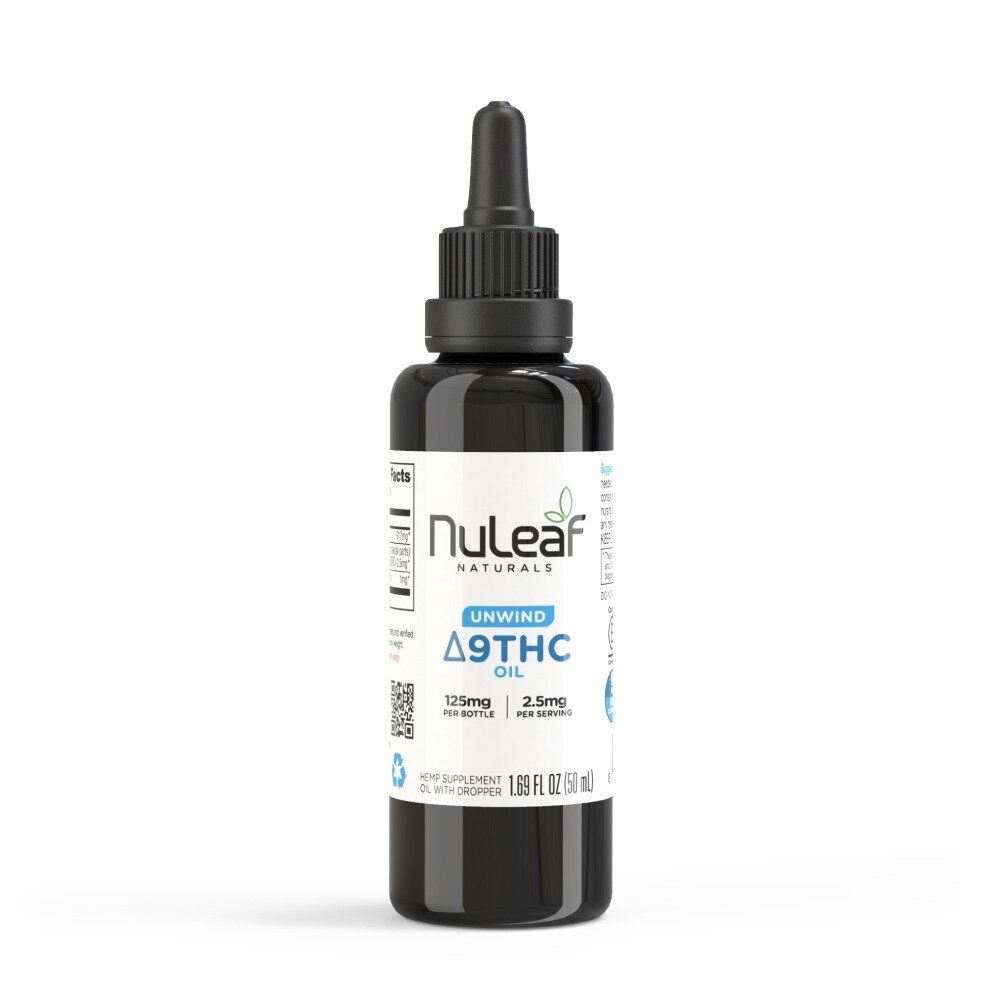
Featured Product: NuLeaf Delta-9 THC Oil
Want to try delta-9 THC, but not sure where to begin? NuLeaf Naturals offers a delta-9 THC oil packed with 2.5mg per serving. They also offer gummies and capsules if you prefer such products.
Redeem code FEELGOOD for 20% Off Nuleaf Coupon
Accessibility
Delta-8 and delta-9 also differ in availability. Delta-8 is not only legal in most states but can be shipped across state lines.
As a result, dozens of unregulated online delta-8 retailers can ship products straight to your doorstep. You can also easily find delta-8 THC products in vape shops, supplement stores, gas stations, and other brick-and-mortar retailers.
In contrast, while there is a thriving black market, delta-9 THC is only legally accessible at licensed dispensaries in recreational and medical states.
You’ll also have fewer online options because cannabis can’t be shipped across state borders and is subject to specific delivery laws.
Drug Testing
Another potential difference has to do with drug testing. When your body metabolizes (processes) any form of THC, it breaks down into compounds called metabolites.
Urine drug tests typically look for delta-9-tetrahydrocannabinol carboxylic acid (delta-9-THC-COOH), the main metabolite of delta-9 THC.
Research suggests that delta-8 produces a similar metabolite called delta-8-THC-COOH.
In one 2021 Swedish study, routine urine drug tests were able to detect this metabolite because of its close similarity to the one produced by delta-9. But it’s not clear if delta-8-THC-COOH will result in a positive test.
However, even if you don’t test positive for this metabolite, most delta-8 products also contain enough delta-9 THC to show up on a test.
The bottom line is that there’s a good chance you’ll test positive for THC after using a delta-8 product, especially after prolonged use.
Wrapping Up the Delta-8 vs Delta-9 Face-Off
When comparing delta-9 vs. delta-9 THC, it comes down to potency, legality, and personal preference. While both offer unique benefits, understanding their differences ensures you can make an informed choice.
Related Articles
